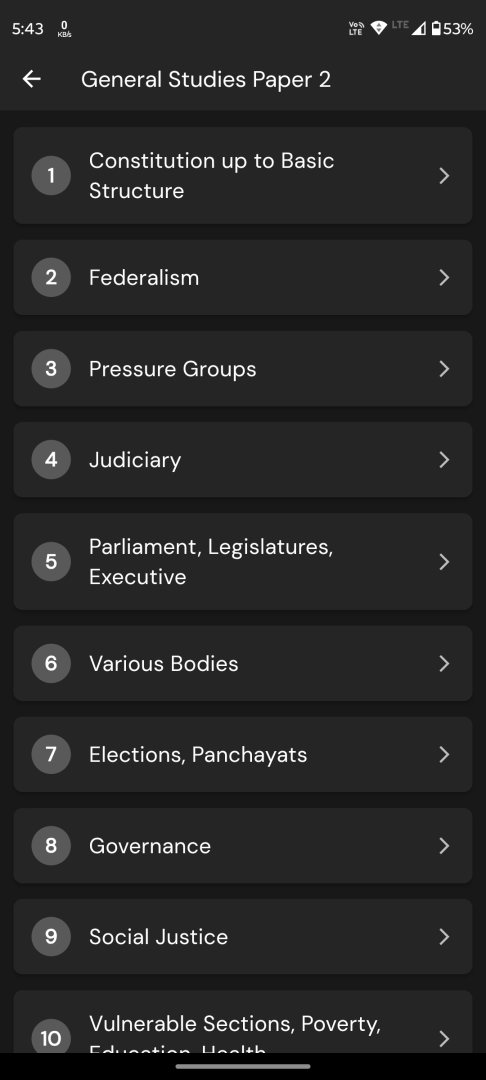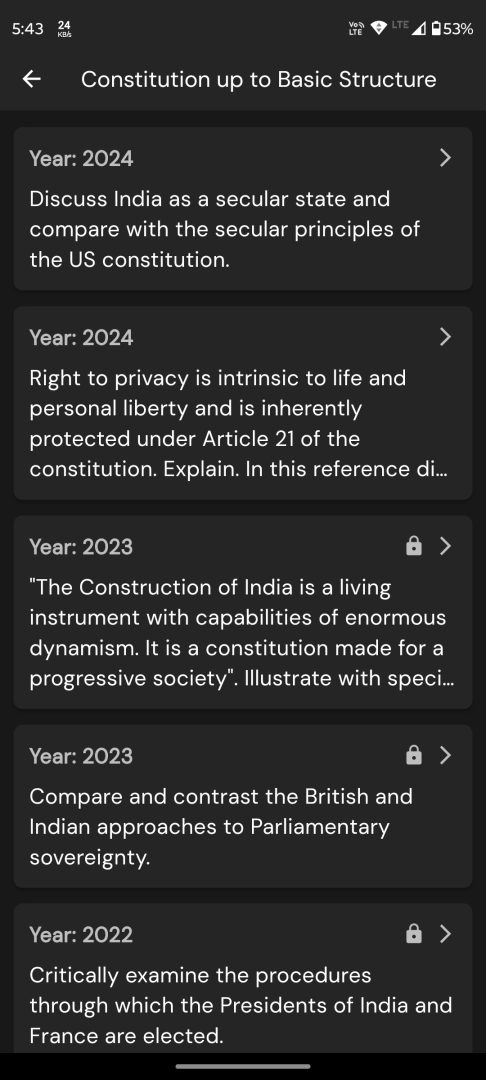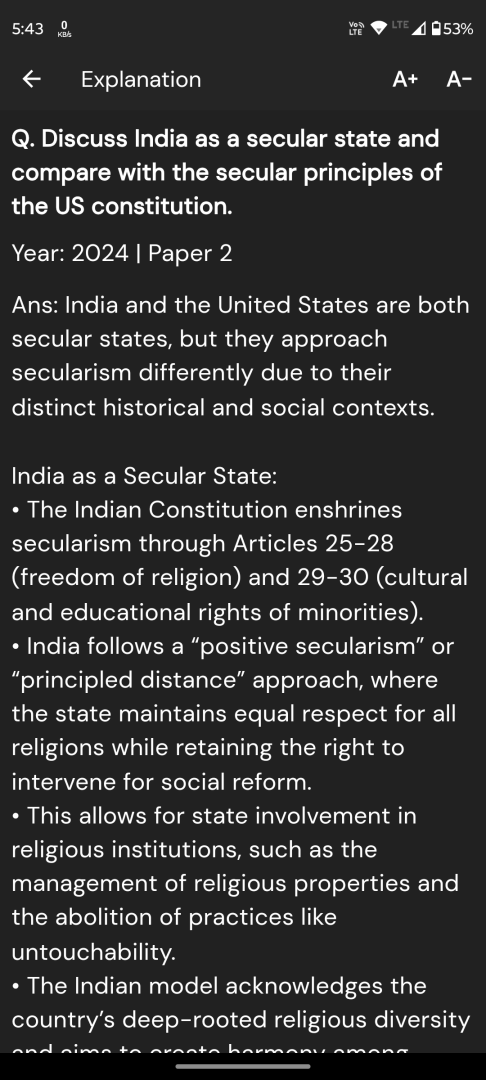Q. Comment on the need of administrative tribunals as compared to the court system. Assess the impact of the recent tribunal reforms through rationalization of tribunals made in 2021.
UPSC Mains 2025 GS2 Paper
Model Answer:
Administrative tribunals, established under Articles 323-A and 323-B through the 42nd Amendment (1976), emerged as specialized quasi-judicial bodies to provide swift justice and reduce judicial burden.
Need for Administrative Tribunals over Courts:
With over 4.7 crore pending cases in courts, tribunals offer distinct advantages:
• Specialized expertise: Technical knowledge in taxation (ITAT), environment (NGT), service matters (CAT)
• Expeditious disposal: Natural justice principles over rigid CPC procedures
• Cost-effective access: Simplified procedures reducing litigation costs
• Reduced judicial burden: Diverts specialized cases from overburdened courts
The 2021 Tribunal Reforms:
The Tribunals Reforms (Rationalisation and Conditions of Service) Act, 2021 introduced:
• Abolition of tribunals: Film Certification Appellate Tribunal, IPAB, Airport Authority Tribunal—functions transferred to High Courts
• Uniform tenure: Four-year term for Chairpersons (till 70 years) and Members (till 67 years)
• Appointment mechanism: Central Government appointments through Search-cum-Selection Committee
• Minimum age requirement: 50 years for appointment as members
Impact Assessment:
Positive outcomes:
• Administrative efficiency through merger of low-caseload tribunals
• Streamlined forum clarity for litigants
• Uniform service conditions ensuring consistency
Adverse consequences:
• High Courts overburdened—already 59 lakh pending cases
• Four-year tenure struck down by SC (five years recommended)
• Executive control threatens judicial independence
• Loss of specialized technical expertise
• Re-enacted previously struck provisions—legislative overreach
• Age limit discourages younger talent
Conclusion:
Rationalization paradoxically defeats tribunals’ core purpose—specialized, speedy justice—by overburdening courts and compromising judicial independence.




